Today we started working on a business model that was divided into 4 tasks. In our first task, we had to choose and define our product and client. For the product we chose Lipton’s pyramid shaped teabags. The client is 50-55-year-old married woman, who is well-off, probably lives in a house, is social and quite interested in recycling.
First, we used the value proposition canvas, to be more specific about our client’s needs – pains, gains, and expectations. In our case the client’s pains were the feeling of coldness, sore throat, and thirst; her gains would include recycling, easy to use the product and having social pastime activity; she expects the product to help relax, give warmth, and be an enjoyable beverage to serve her guests.
Our second task was to map out our communication tools and delivery channels. In short, we found that the best way to approach our client would be through sampling at supermarkets, advertisements on TV, radio and quality magazines and doing content marketing in the latter.
Our third task was to figure out our main parties and resources. We concluded that the most important groups were our suppliers, marketing/PR firms, and two main departments – research and development along with logistics. Our key resources were factories, labor, and material.
Our final task was with St. Gallen Business Model Navigator cards. It includes 55 business models. Our goal was to find a business model that fitted Lipton and think about possible models that would evolve Lipton further.
The third video also points out our main revenue source and three biggest expenditures. While in the fourth video we also show how a new business model would change future finances.
More detailed descriptions of our ideas that we came up with are in the videos below.
Adios!
Task 1
Task 2
Task 3
Task 4
Gallery
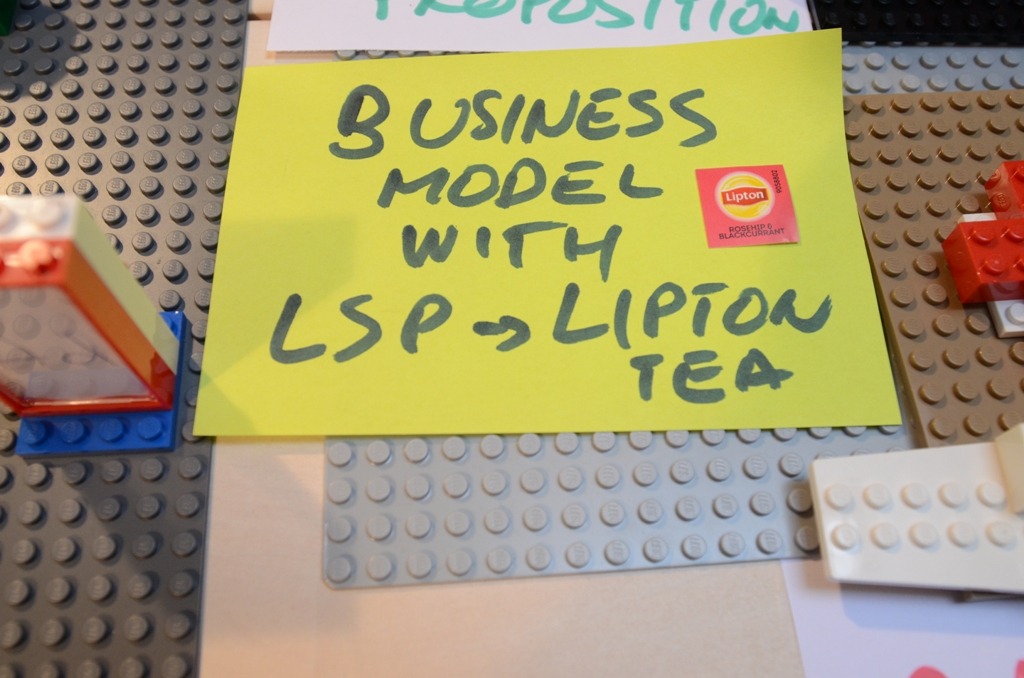
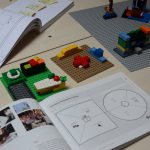
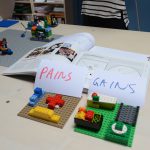
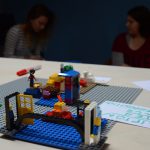
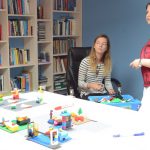
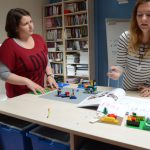

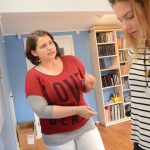
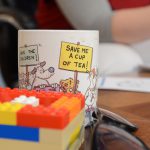
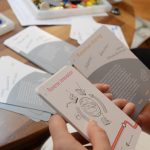
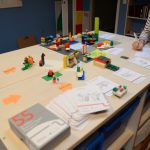
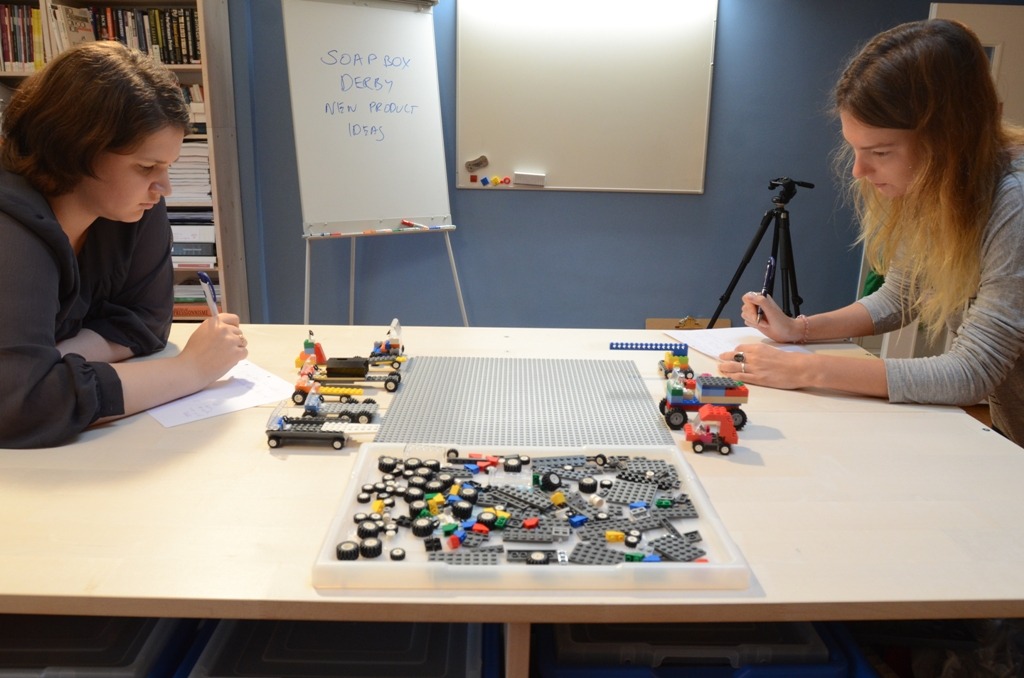

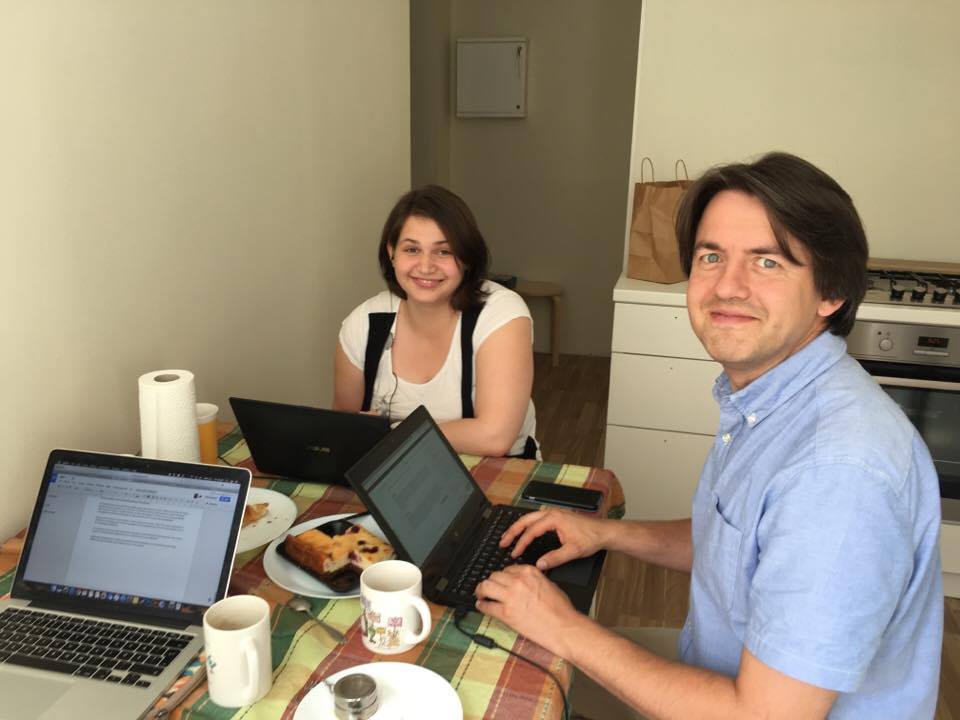
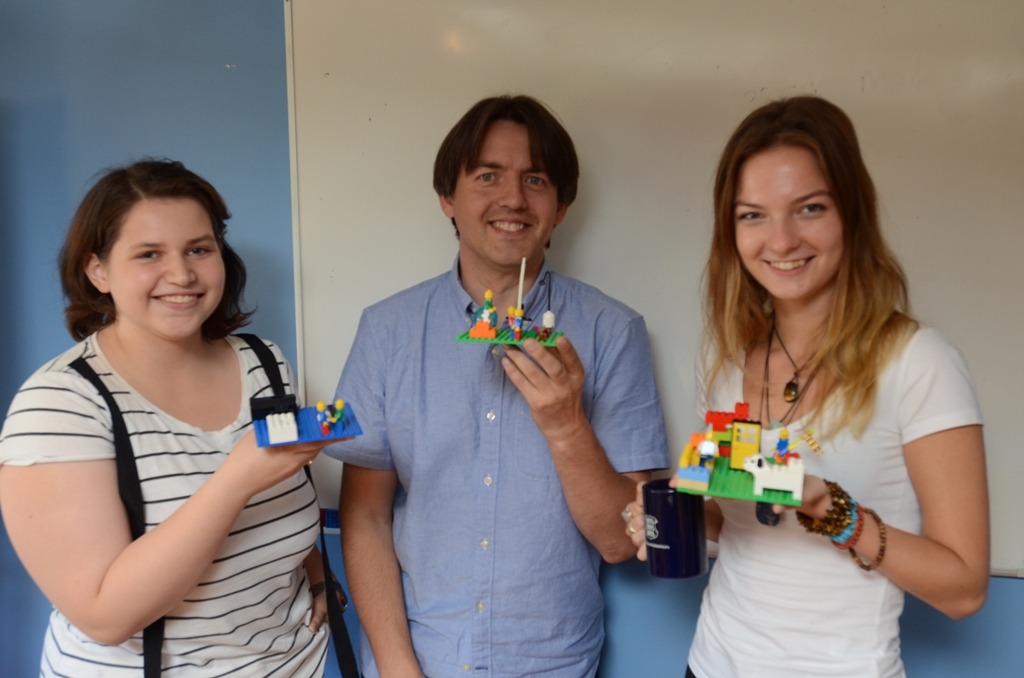
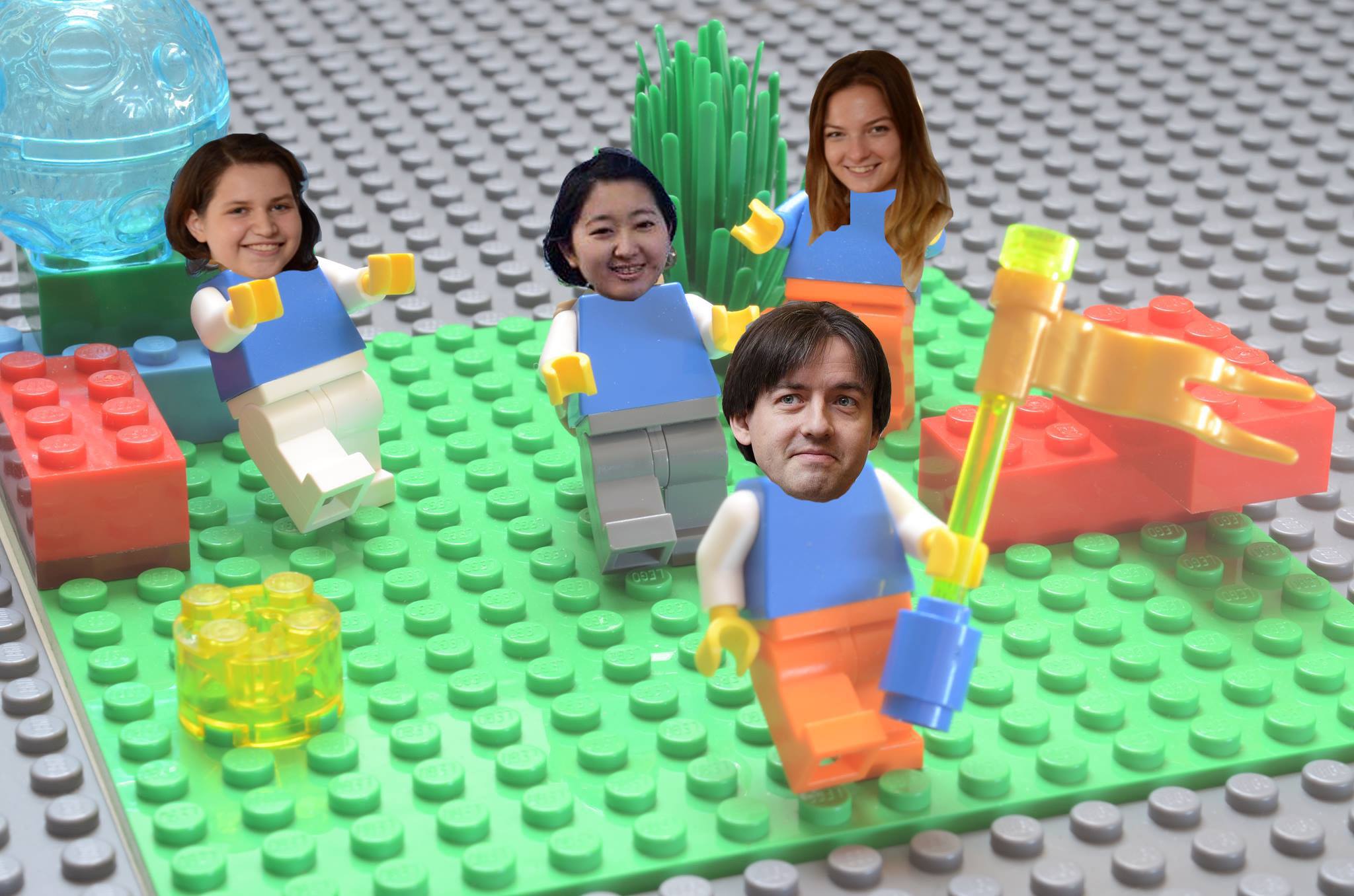
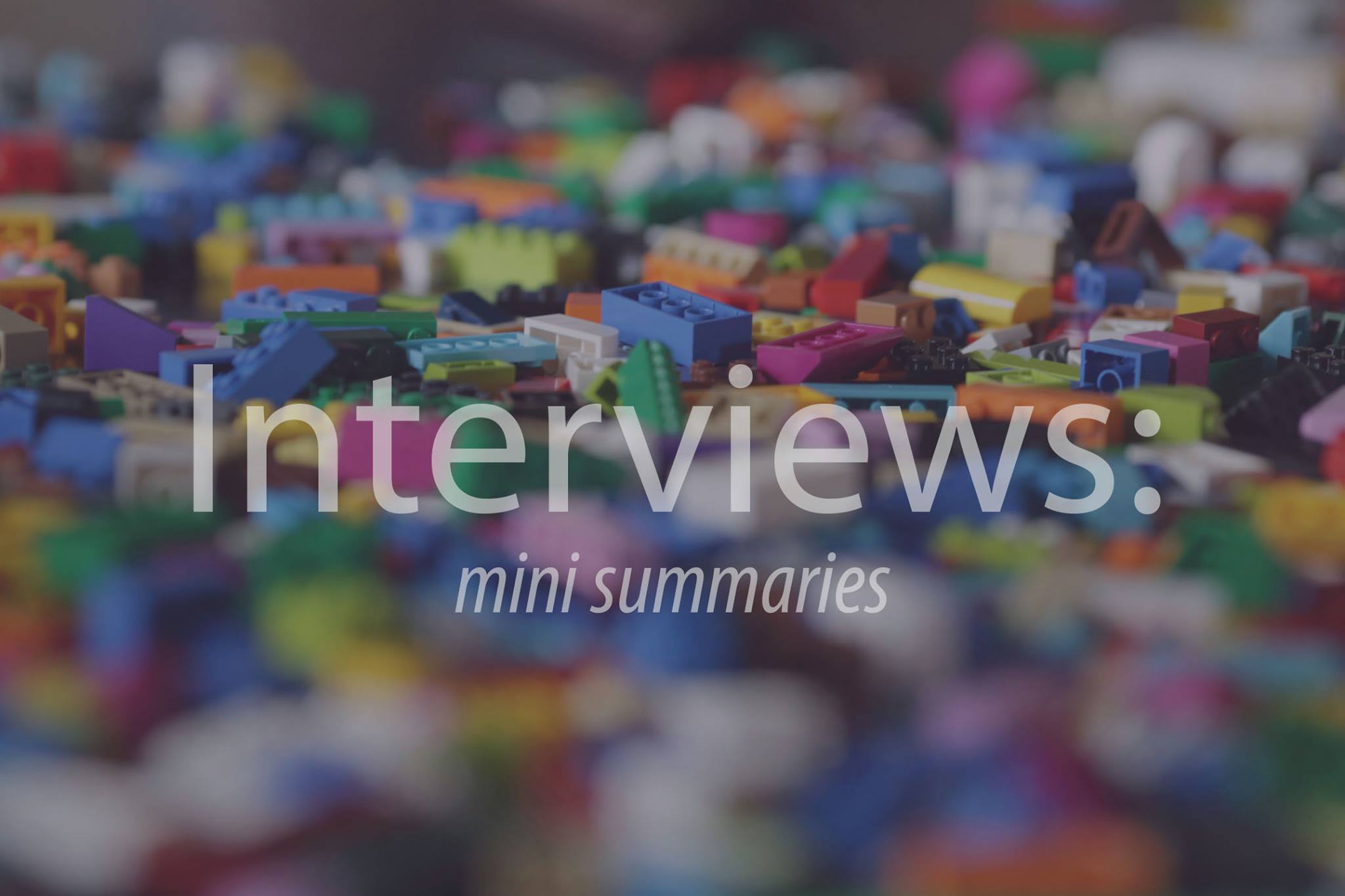
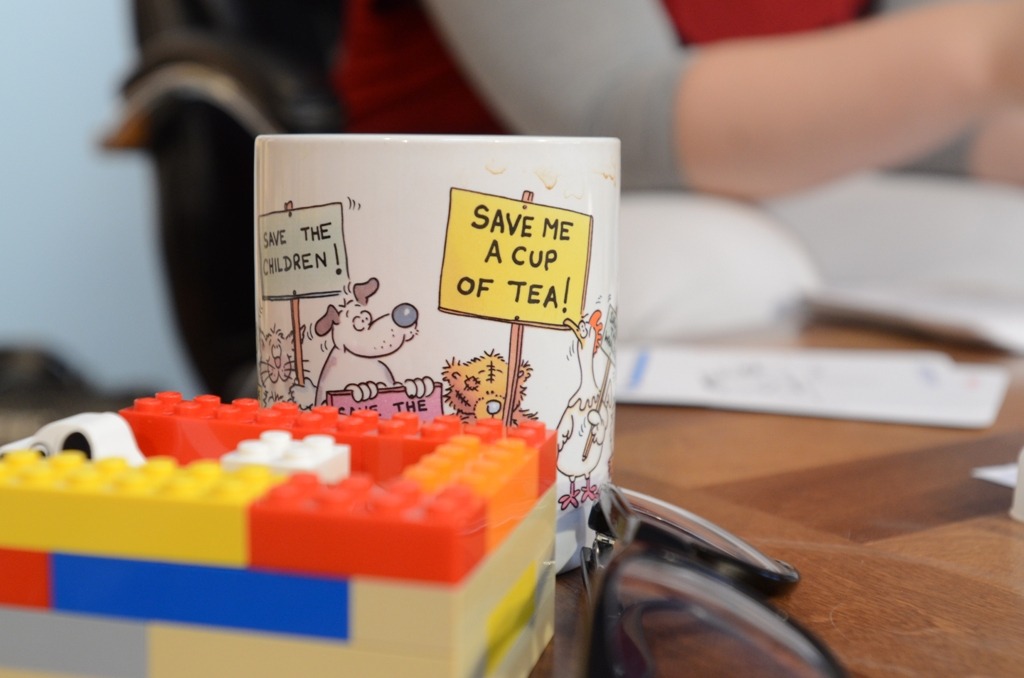
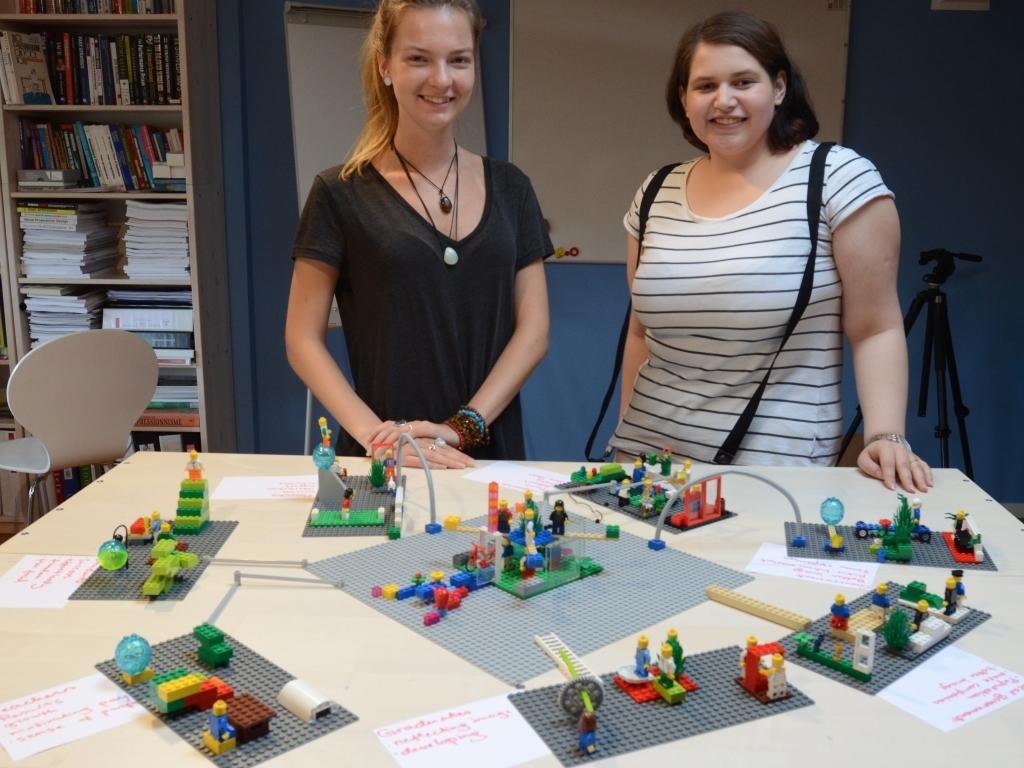

 Become a LEGO Serious Play facilitator - check one of the upcoming training events!
Become a LEGO Serious Play facilitator - check one of the upcoming training events!